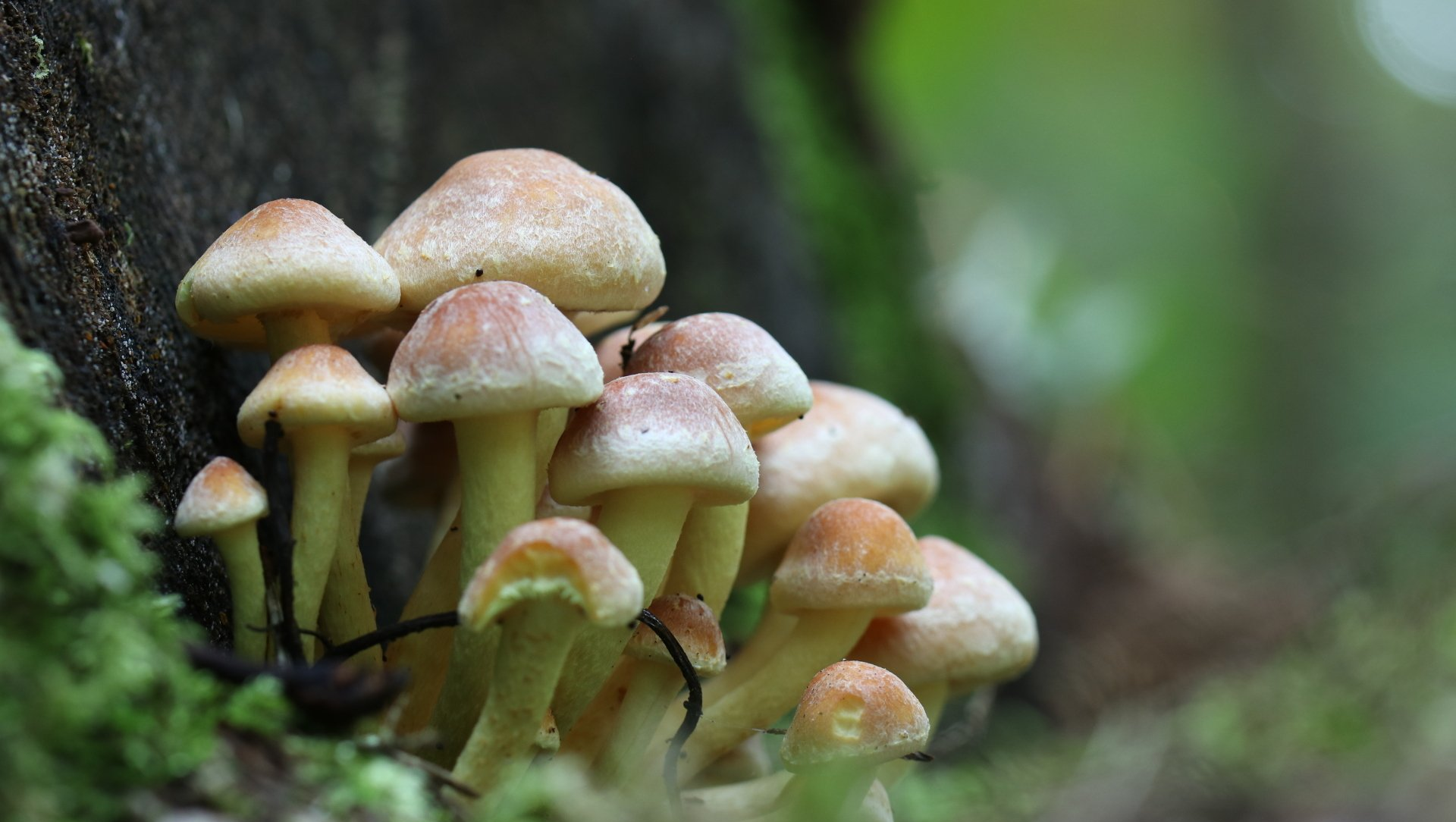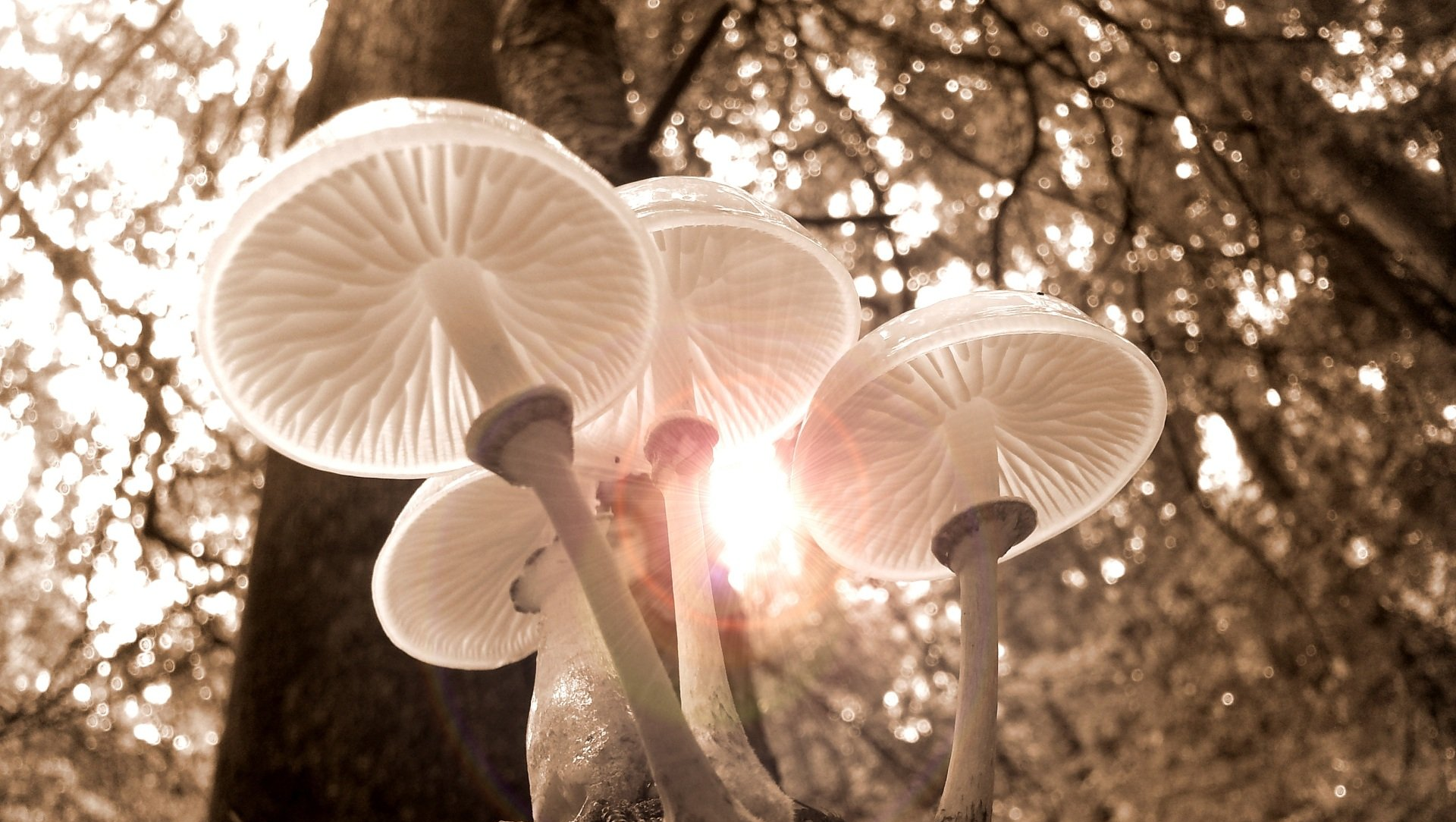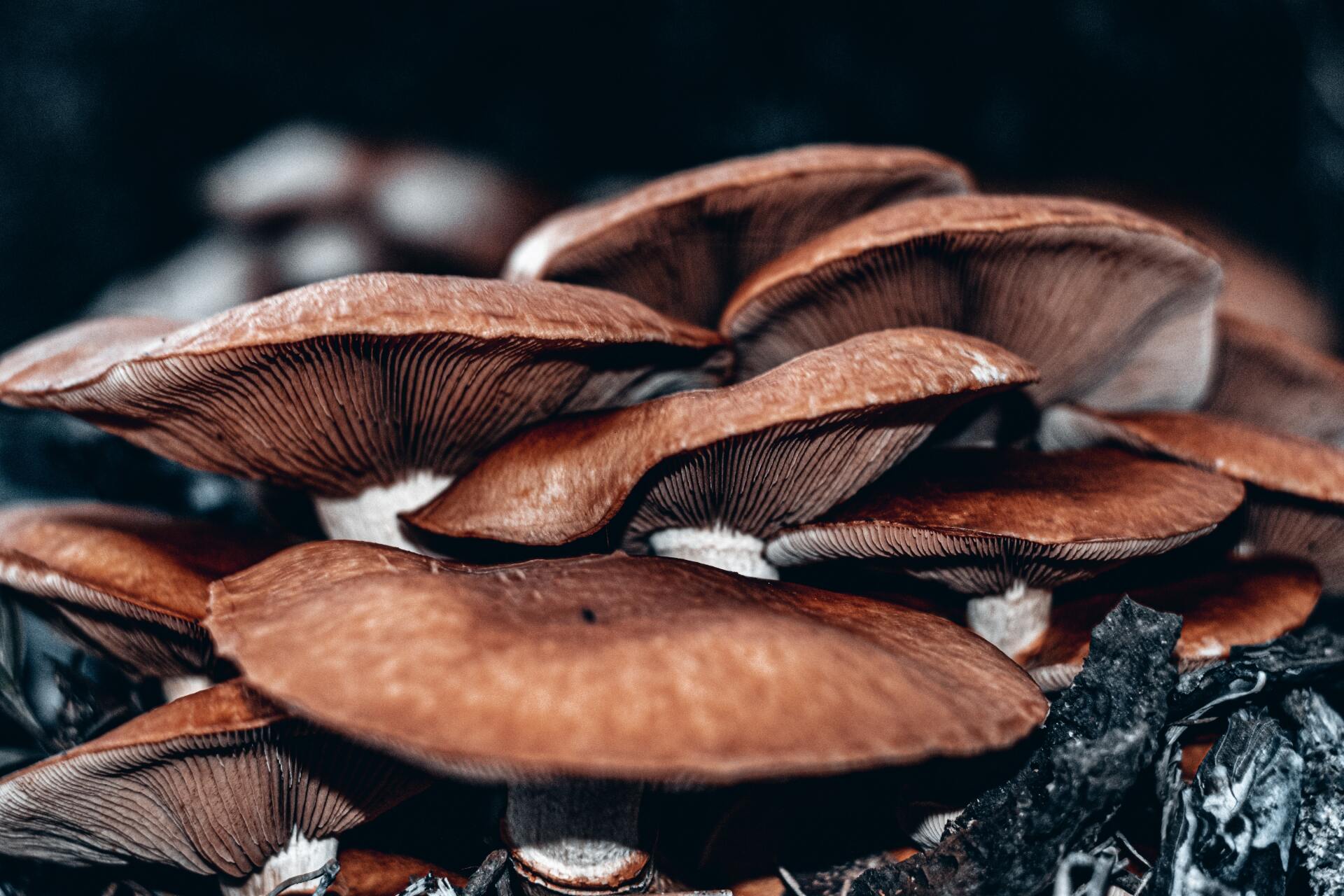BIOMIMICRY
- BOTSHABELO -
OUR CHALLENGE TO BIOLOGY
How does nature create and use communication networks?
INNOVATIONS
Crime Watch App
Inspired by the roots of maize that defend against phytopathogens by releasing a pesticide that also attracts a beneficial microbe that preys on the target pest, develop an App that uses Wi-Fi which can be used by potential victims of crime to alert and summon help from those who benefit from the arrest of criminals, including the community, police, insurance companies, businesses etc.














